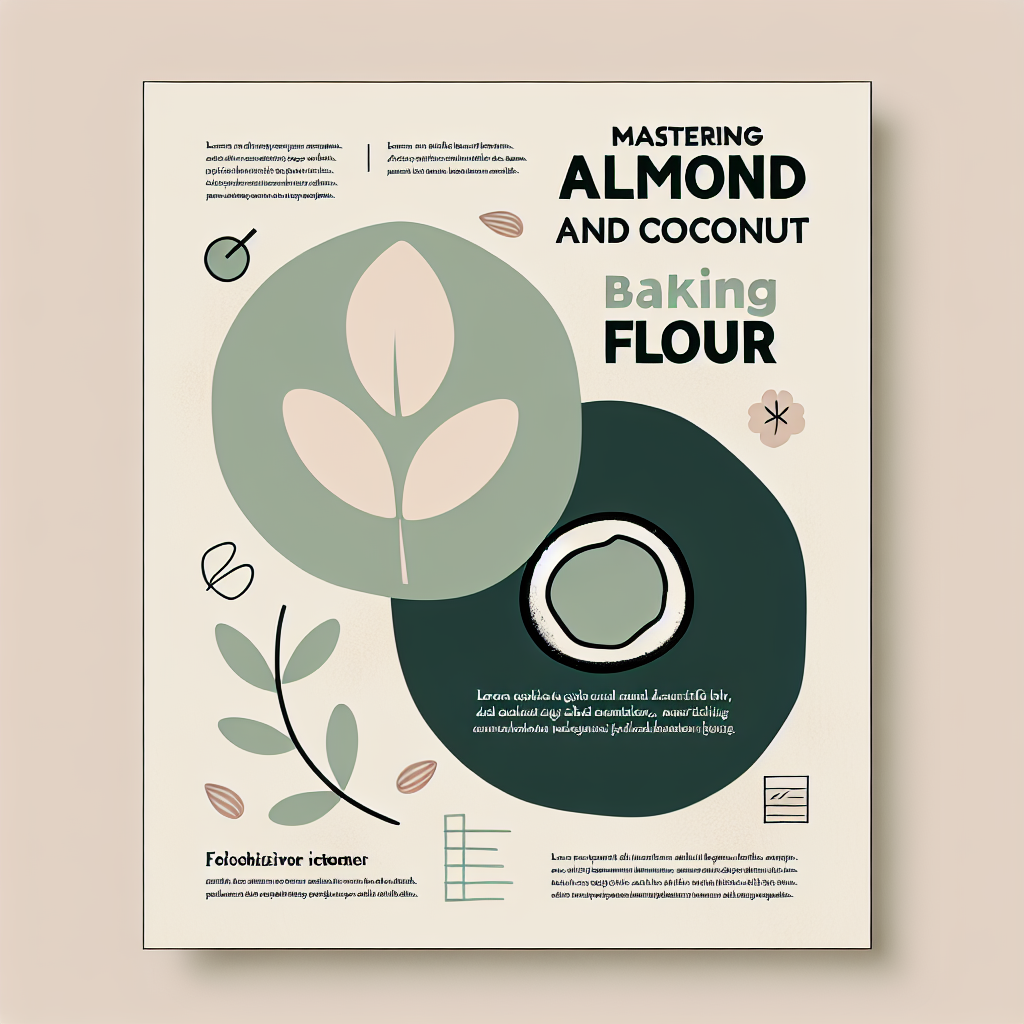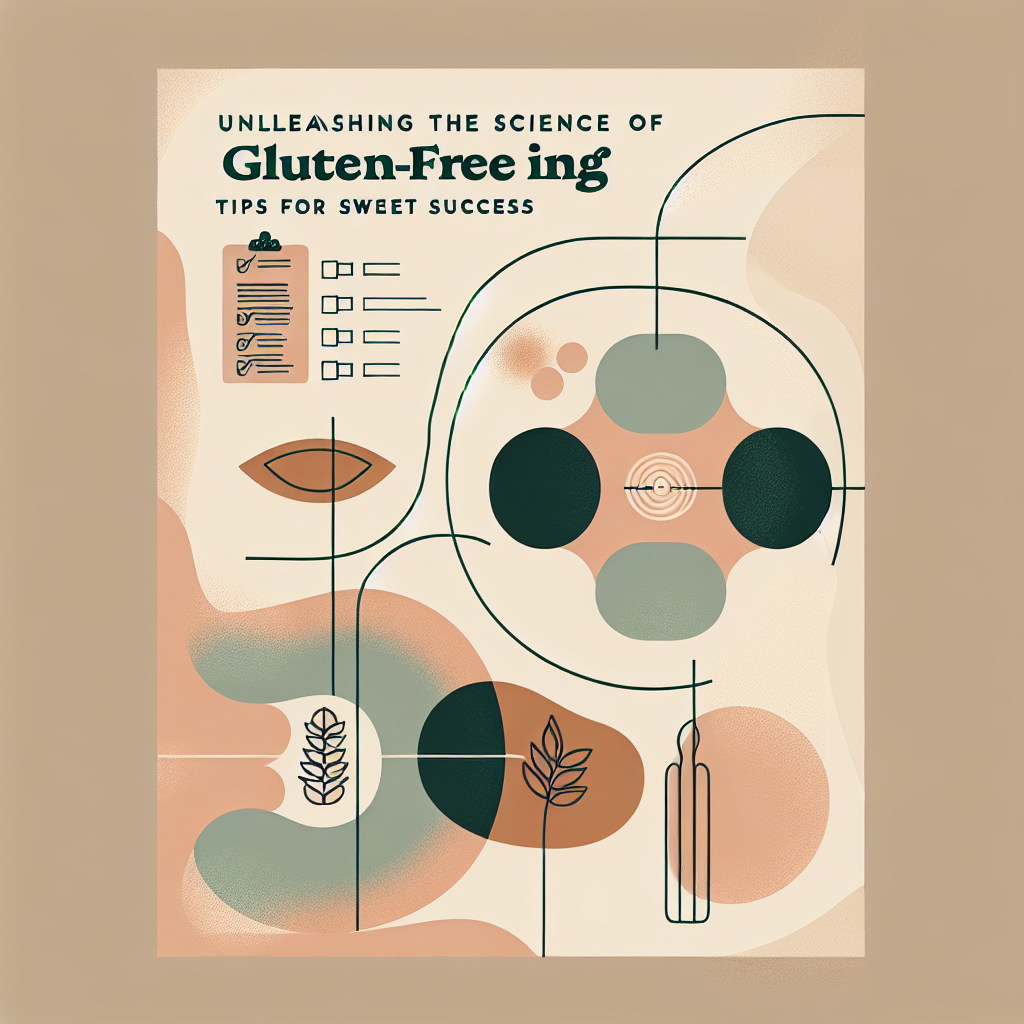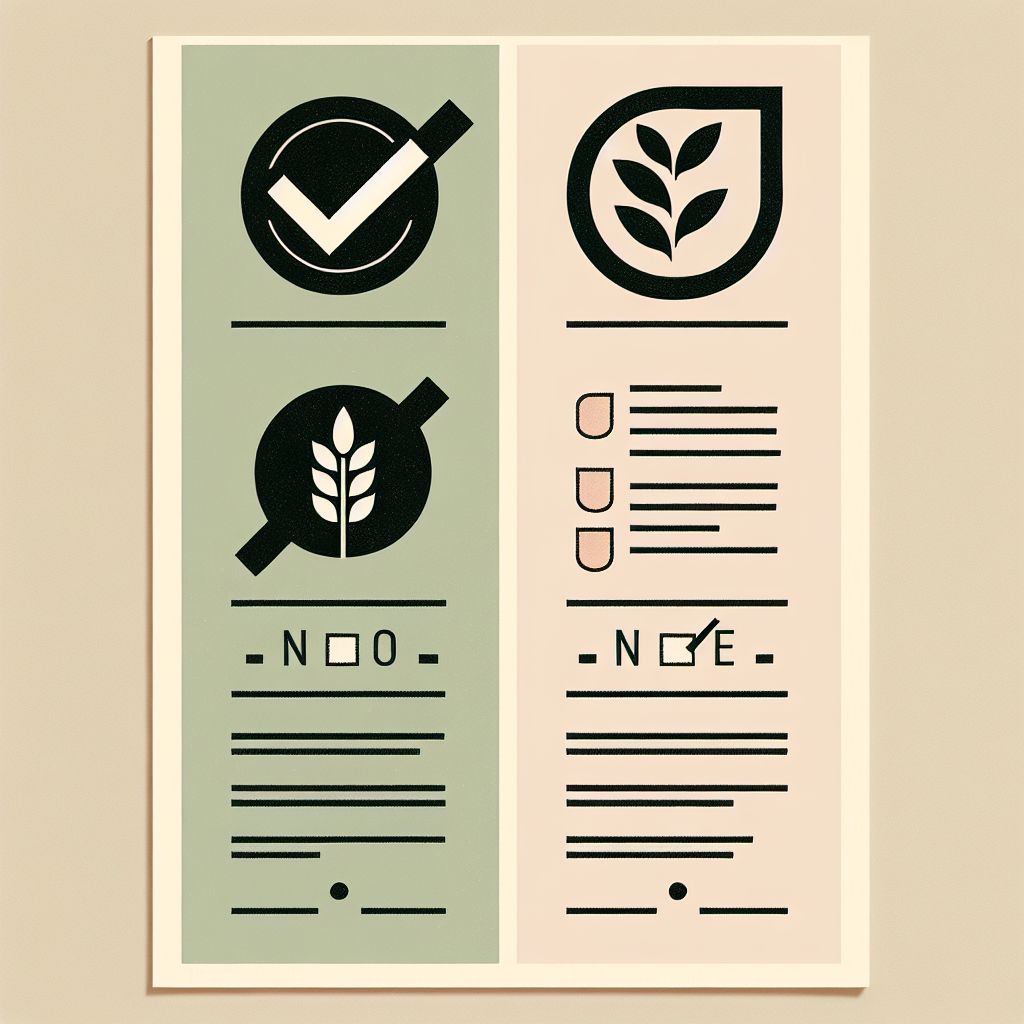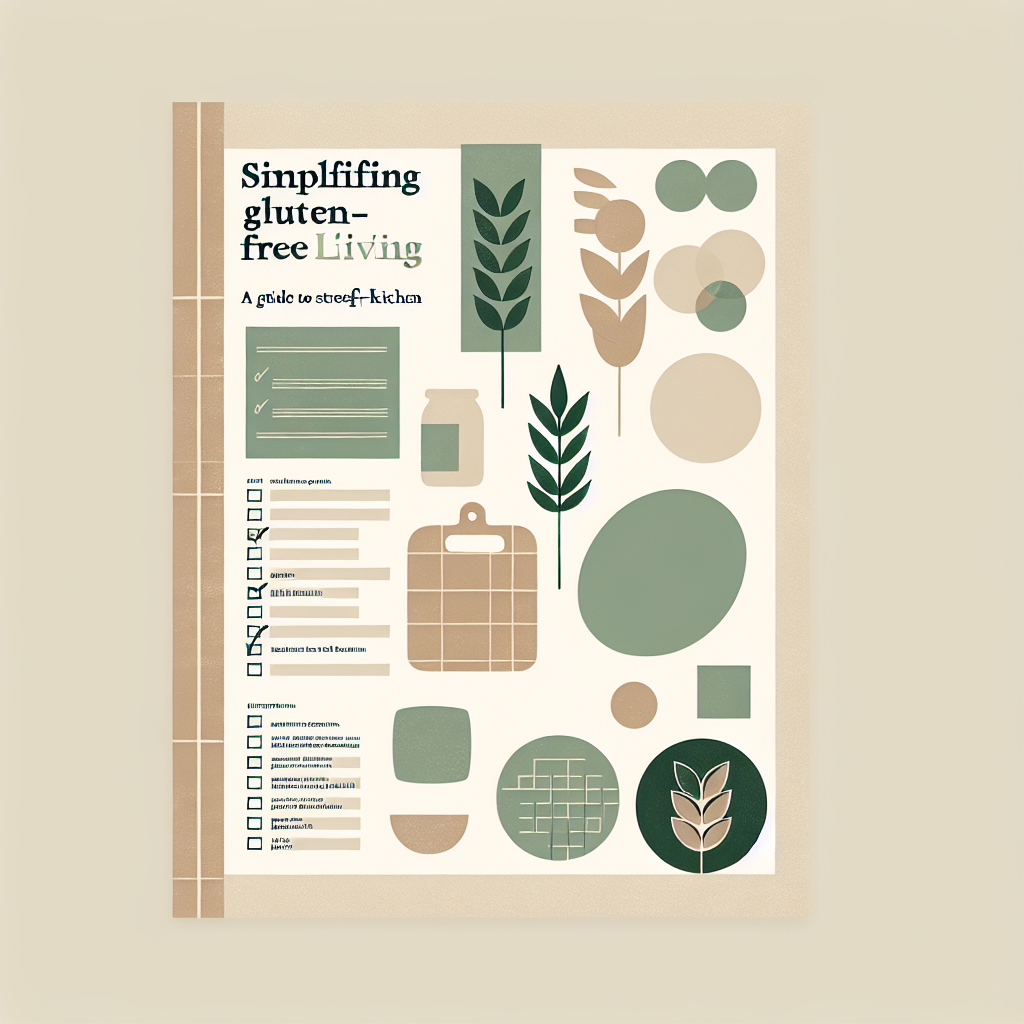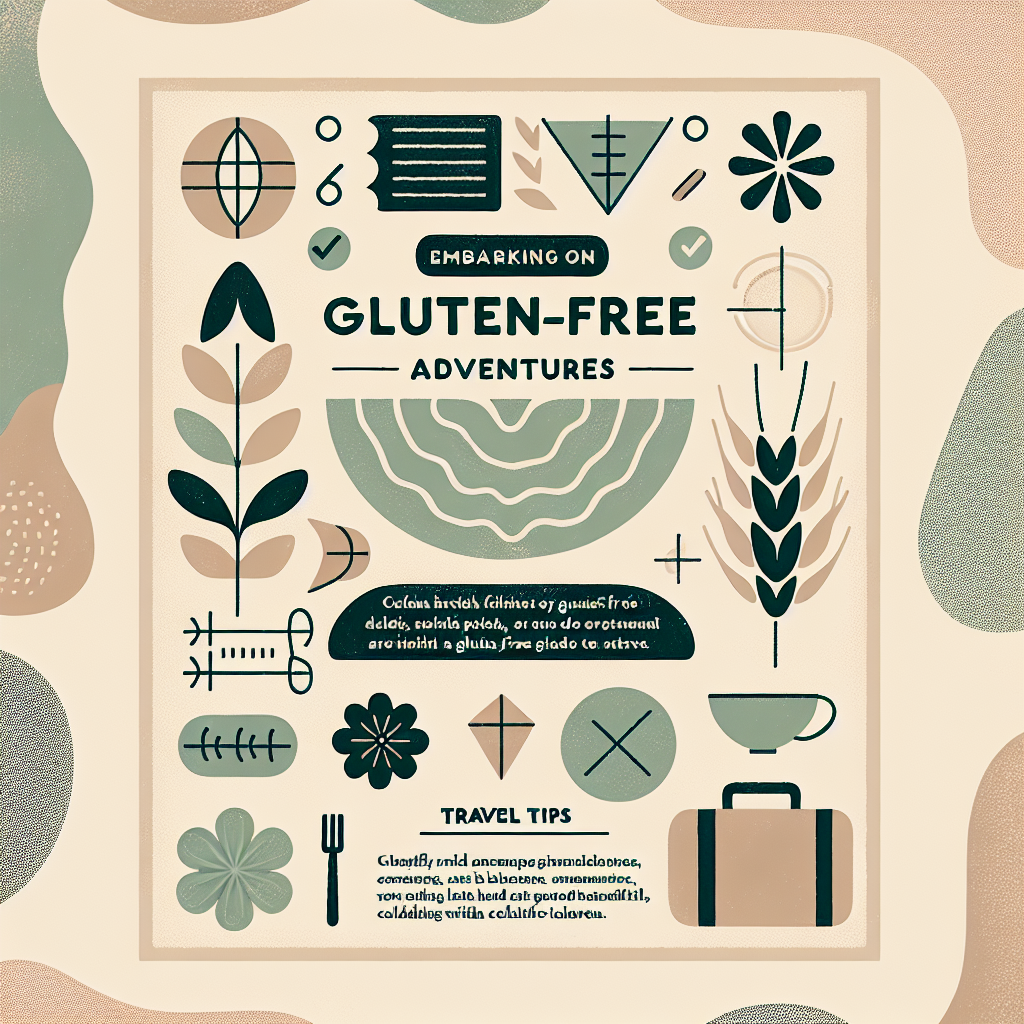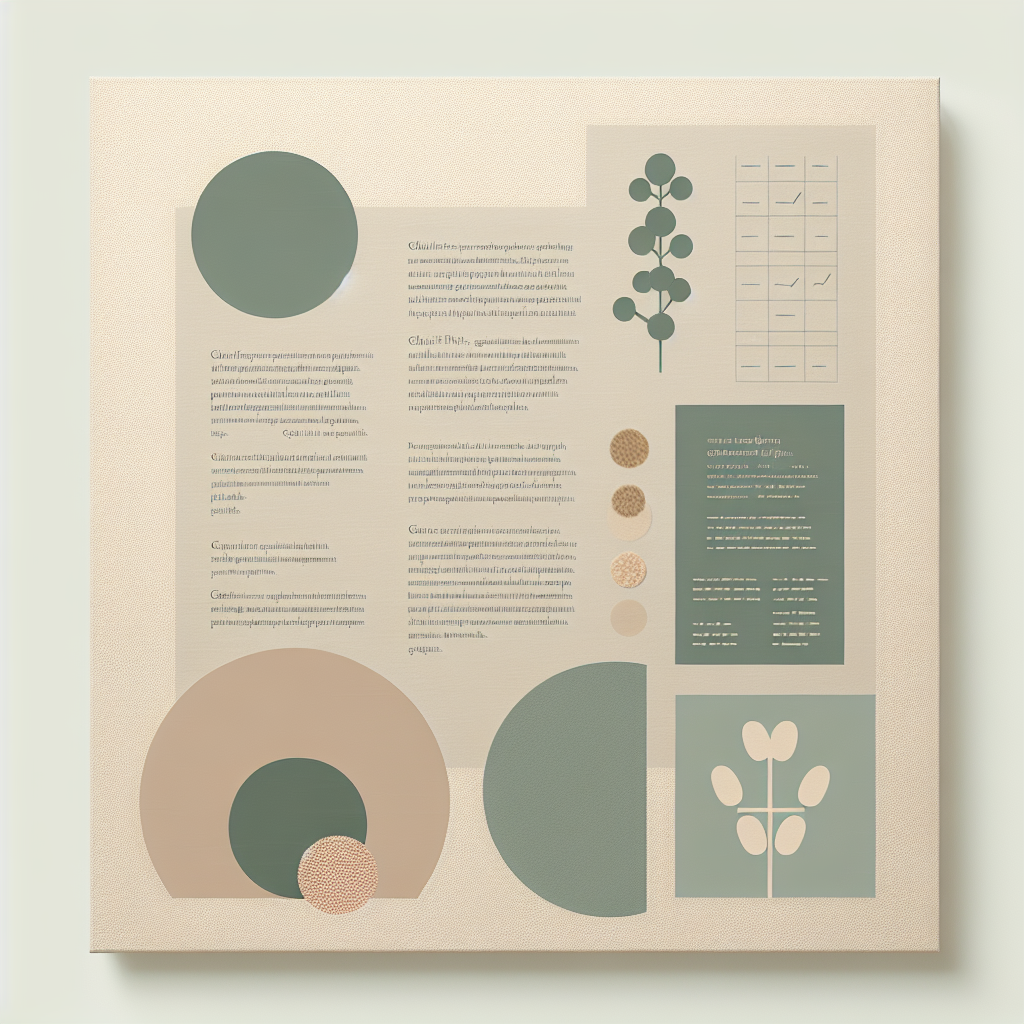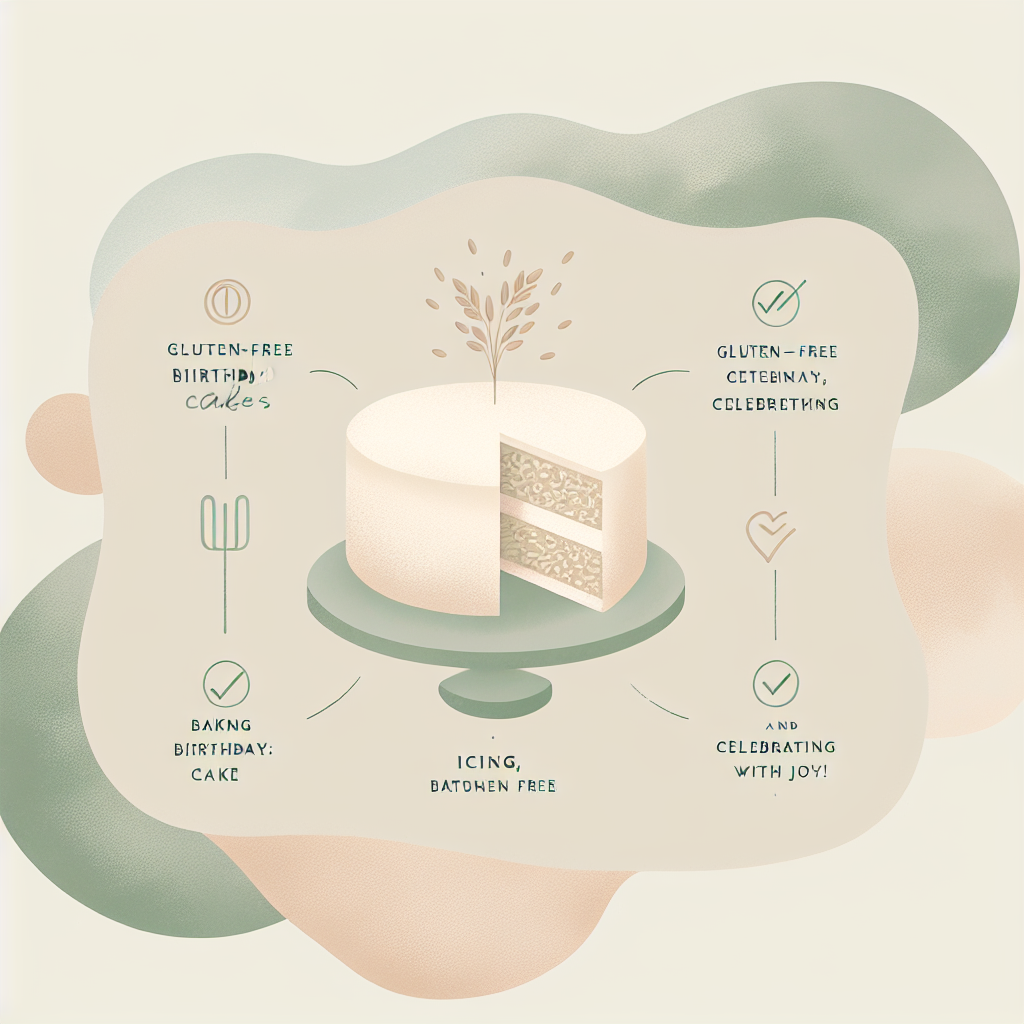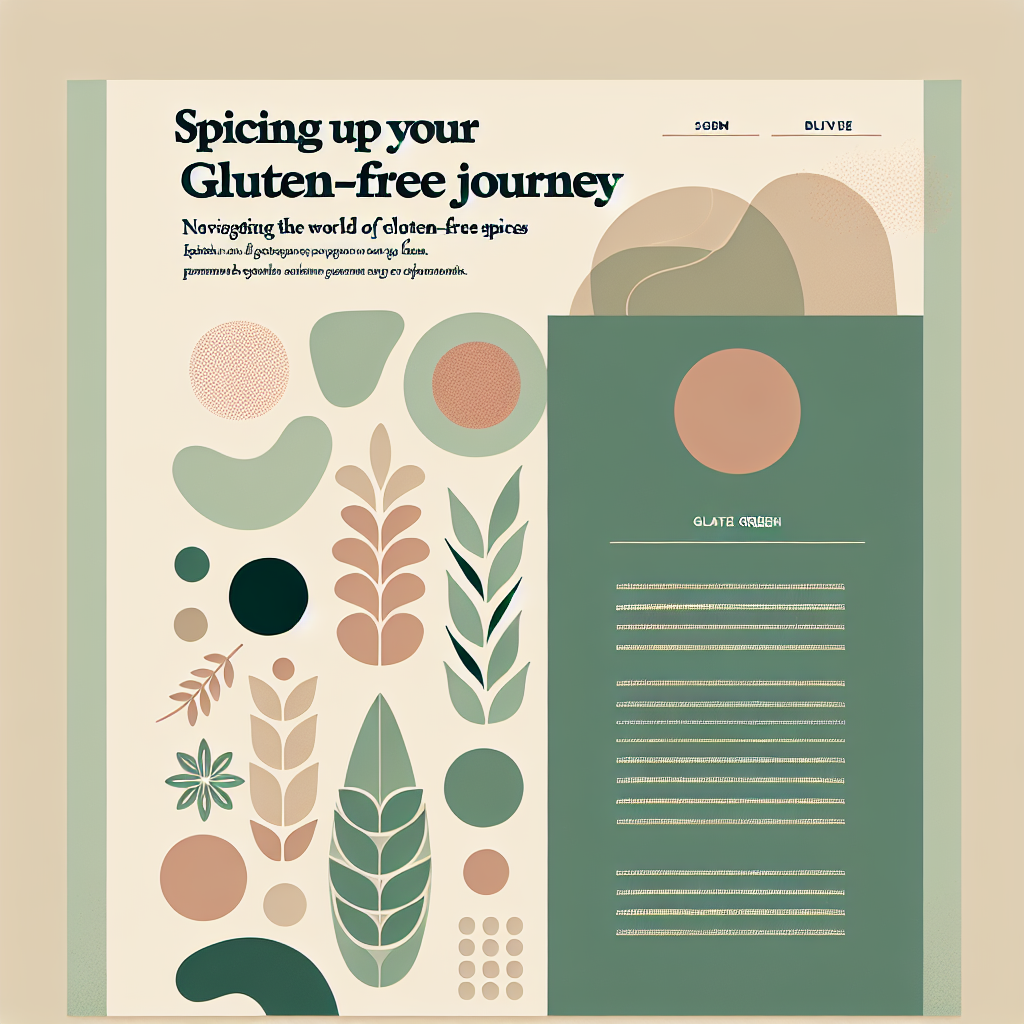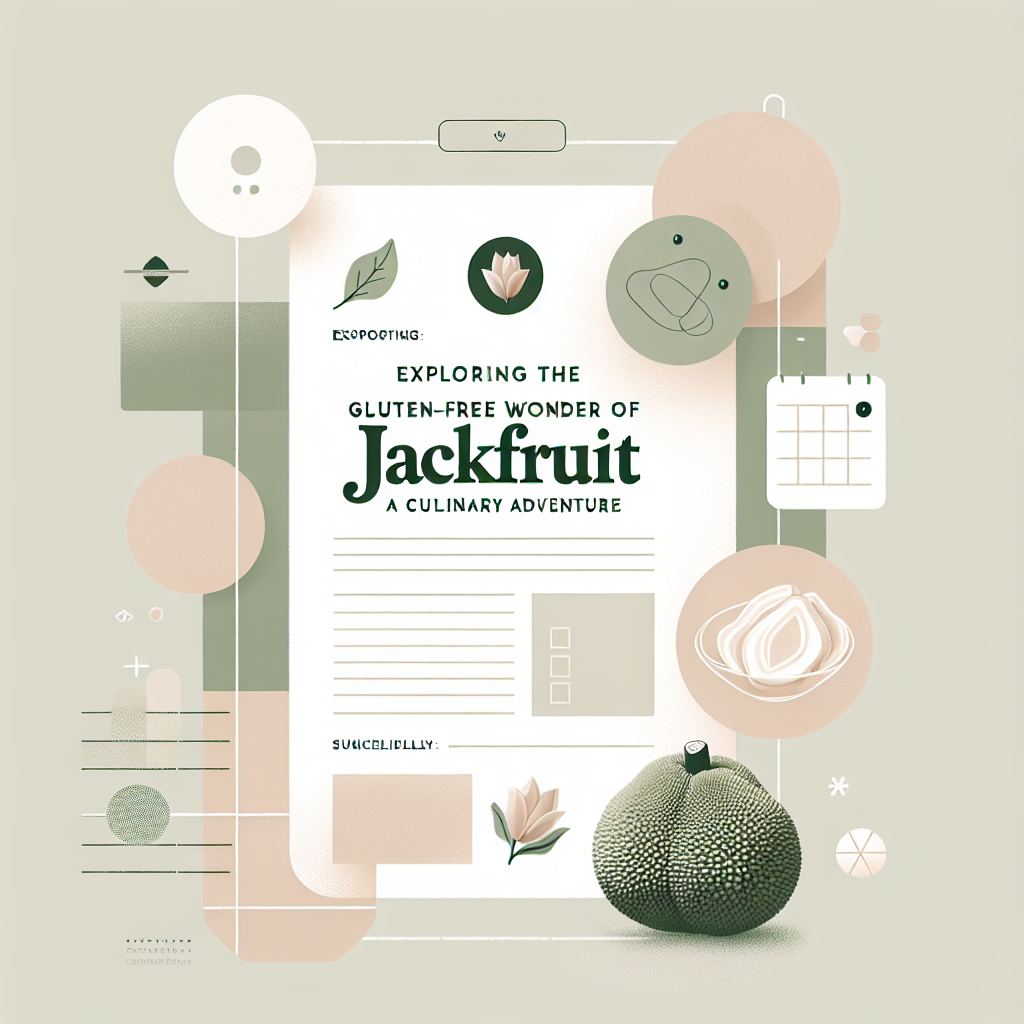“Mastering Almond and Coconut Flour: A Gluten-Free Baking Adventure”
Oh, the joyous world of gluten-free baking! Transforming your kitchen into a science lab might seem daunting, especially when specialty flours come into the picture. But fear not, my gluten-free friends. Today, we’re diving into the vanguard of gluten-free flours: almond flour and coconut flour. Why these flours? First, they’re both tremendously versatile. They have a delightful dance of nutty flavors that can elevate a humble gluten-free dish to new culinary heights. Moreover, they are fabulous sources of fiber and protein, making your baked goods more filling and nutritious. But most importantly, they’re the most popular alternatives to wheat flour in the gluten-free baking community. No, they’re not interchangeable (a mistake I confess of making once — only once). They each play unique roles in gluten-free baking. So, let’s commence our journey of understanding these delightful ingredients and how they can transform your gluten-free baking endeavors. As we all know, gluten is a protein which, in traditional baking, provides elasticity and structure to our bakes. Without it, we need to play alchemist and create a balance with alternative ingredients. Enter our two leading characters: almond flour and coconut flour. Almond flour, made from whole ground almonds, is slightly sweet and nutty with a bit of texture. It often works best in recipes specifically designed for it, as it’s denser than regular flour and does not absorb liquids in the same way. On the other hand, coconut flour comes from dried and ground coconut meat and is soft, fine, and insanely absorbent – a little bit goes a long way! But how do you use them? Let’s break it down. 1. **Almond Flour:** Using almond flour can add a bit of ‘oomph’ to your baking. Don’t just limit it to cakes though. Try it in savory dishes like quiches and tarts, or mixed into your protein balls. Because of its density, you may need to add an extra egg or two in the recipes, but the results are spectacularly moist and filling. Having a bag of almond flour in your pantry opens up a world of dreamy gluten-free goods. Here’s a useful tip for my devoted bakers: when it comes to converting recipes, it’s less of a 1:1 substitute for regular flour, and more like a 1:3. For reference, if a recipe calls for 1 cup of traditional all-purpose flour, you’ll likely need around 1/3 cup of almond flour. 2. **Coconut Flour:** Coconut flour is a tricky fella. A tablespoon or two of coconut flour can transform a gloopy baking mix to the perfect consistency. It’s better for recipes designed for coconut flour, especially as it requires a lot of moisture and additional eggs. Used correctly, coconut flour lends a rich texture and slightly sweet flavor to your goods. Delightfully, it also creates a lovely crumb in baked goods like in the [Ultimate Gluten-Free Banana Bread](hyperlink to the post). In conversion terms, you’d generally use about 1/4 cup of coconut flour for every cup of regular flour in a recipe, and significantly increase the number of eggs (we’re talking up to six more!). Remember, dear friends — baking is as much science as it is an art. These conversions aren’t set in stone. Your climate, the exact ingredients you’re using, even the whims of your oven can all affect the end product. Always be prepared to tweak and adjust. It can be a little trial and error playing around with these flours, but don’t lose heart. With practice comes perfection. Embrace the learning curve and let’s get creative. If a cake flops, well then, you’ve got the sweet makings of a trifle or a bread pudding! Looking to dive-in head-first? Start by immersing yourself into the world of gluten-free pancakes. Here’s a quick guide to make your mornings a little brighter with [Fluffy Gluten-Free Pancakes](hyperlink to the post), using a blend of almond meal and coconut flour. Finally, let’s touch base on the fantastic health benefits of these incredible flours. Both are high in fiber, helping you feel fuller for longer and aiding digestion. Almond flour, being rich in Vitamin E and magnesium, offers heart health benefits, whilst coconut flour provides a boost of iron and healthy fats. So, in essence, choosing these flours not only allows us to enjoy a gluten-free culinary journey but also supports our well-being. In conclusion, these flours are versatile wonders that every gluten-free baker should have on hand. Although the journey might be a tad tricky initially, once you’ve got the hang of them, there’s no stopping you from creating masterpieces. So grab your apron, roll up your sleeves, and let’s explore the exciting world of gluten-free baking together. Happy baking! **Category: Baking & Cooking Science**

